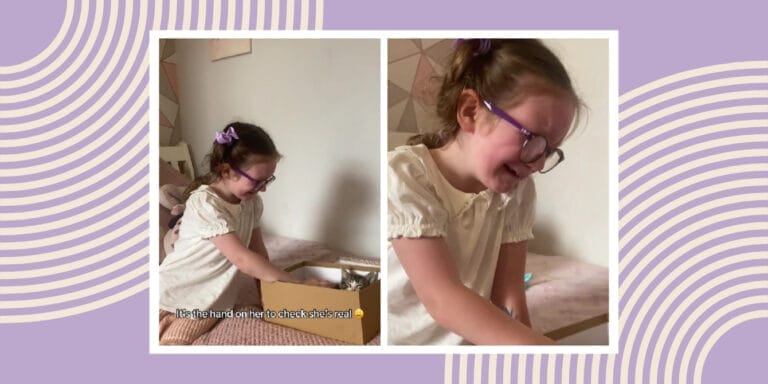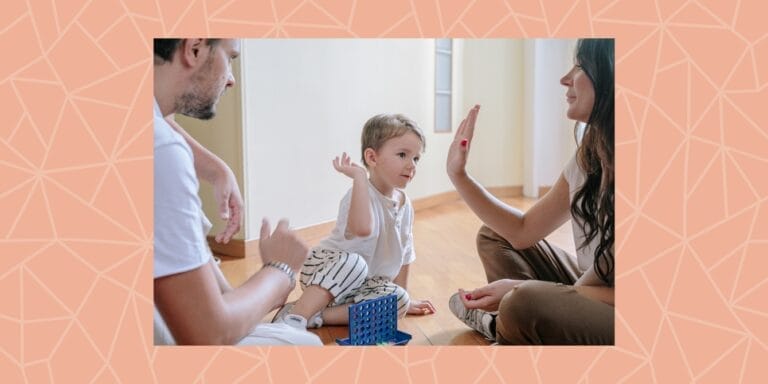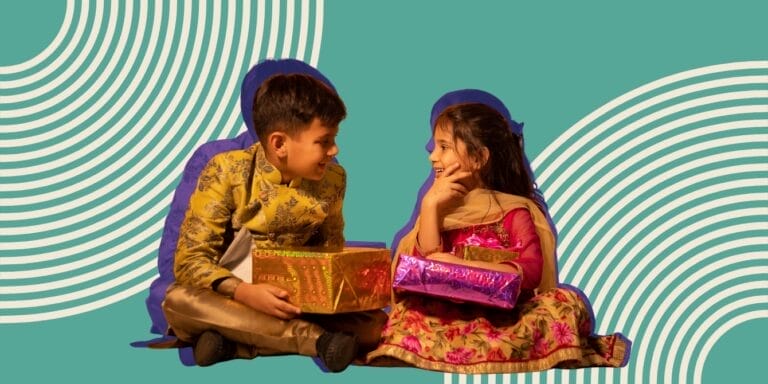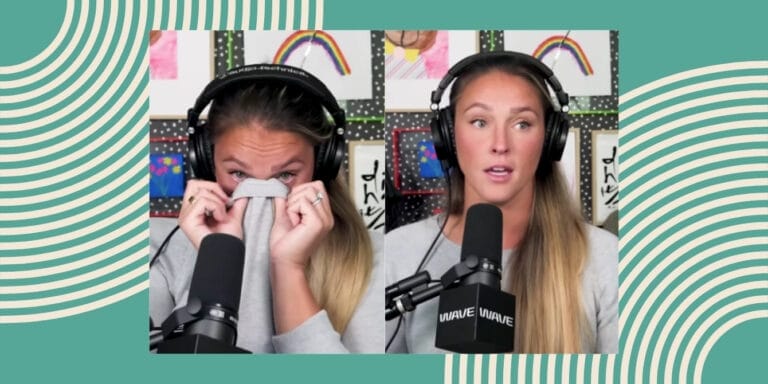How to potty train your toddler with empathy + humor
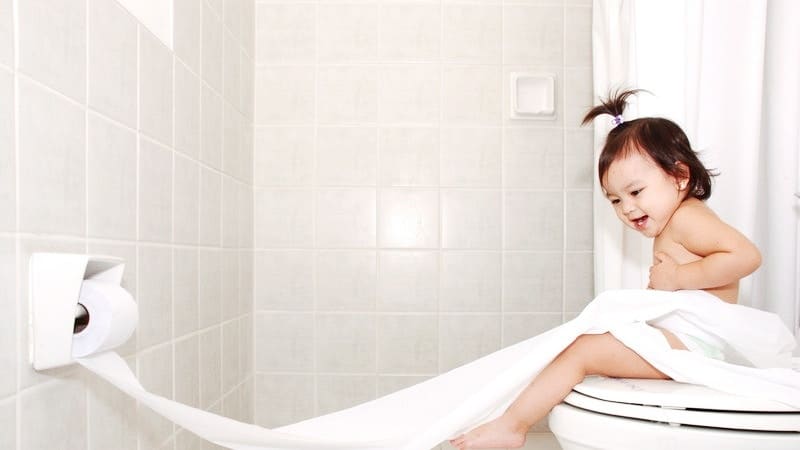
For more successful and healthier potty training, follow their lead: When they're ready to use the potty, they will.
Table of Contents
- Follow your child's lead: When he is ready to use the potty, he will.
- For your child to be ready to use the potty, he needs to be able to sense the urge, know what that feeling means, then verbalize the need for assistance or be physically capable of getting to the bathroom and taking care of business.
- Encourage them to join you in the bathroom. Let them watch and see what happens in there.
- Positive rewards and interactive games are all great to use when potty training.
- For boys, tossing a couple Cheerios in the potty can be fun target practice and make peeing in the potty fun.
Potty training your toddler can be very exciting—for both parents and kids. It can be very symbolic, representing the transition out of “Babyhood” into “Big-Kid” world. Toddlerhood is an age of tremendous emotional and psychological growth for your child–and potty training encompasses many of the issues that toddlers are sorting out: independence, self-regulation (mastery of his or her body) and social awareness.
Though all too often, amongst the excitement, there are inadvertently imposed feelings of pressure and stress to accomplish this task.
The pressure can have negative long-term physical and emotional implications on your child, such as stool withholding, chronic constipation, anxiety with toileting, control battles and self-esteem issues.
The simplest recommendation I can make regarding potty training is this: follow your child’s lead! Don’t put pressure on your child—or yourself—by imposing time limits and structures on potty training.
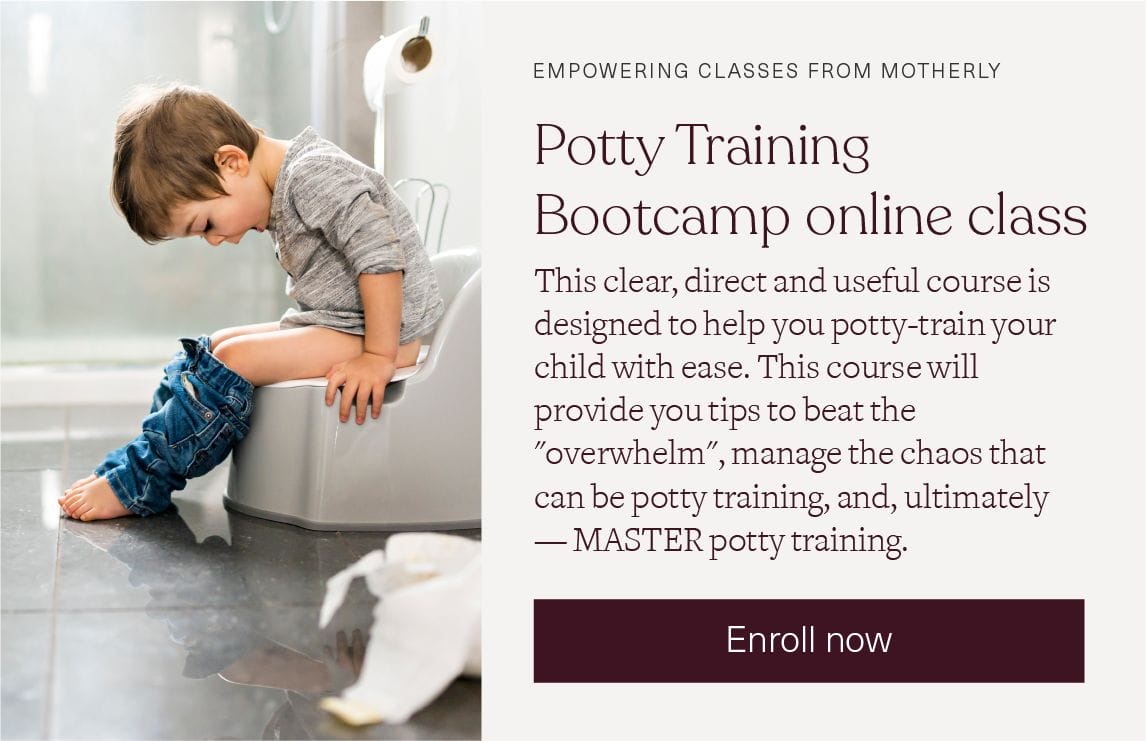
Follow your child’s lead: When he is ready to use the potty, he will.
Really, this is one of the few things in parenting that is better to be one step behind your child on, rather than ahead. Let your toddler show you when they are ready. You may end up waiting longer than your friends to have a potty-trained child, but chances are, the process will be shorter, smoother and have fewer long term negative consequences. It’s worth the wait, trust me.
When should we start?
Most children are ready sometime around age three years. Some kids are ready at two years and some not until four years of age. There is a huge range of “normal.” Often, first children take longer to train than their younger sibs—because the younger ones have their older sibs as models for their behavior and an obvious goal they are trying to catch-up to.
For your child to be ready to use the potty, he needs to be able to sense the urge, know what that feeling means, then verbalize the need for assistance or be physically capable of getting to the bathroom and taking care of business.
Very first steps towards potty training involve your child knowing (and usually caring) when their diaper is full. Taking off the diaper, complaining or crying when it is dirty—these are all good signs! When your child starts to show interest in you or your spouse or their sib using the bathroom—that too, is a first step.
Encourage them to join you in the bathroom. Let them watch and see what happens in there.
Have Potty Parties! Get him his own potty to sit on next to you while you are on yours. Let him first sit with his clothes on and get comfortable with the seat. If she wants to sit on the potty with her clothes and diaper off, even better! You can help facilitate your child making that mind-body connection by letting him run around naked (especially from the waist down). Summertime is an ideal time to do this—if you have a yard, you can let her run around outside naked. Then, “accidents” are not so bothersome. They are simply a perfect way for your child to figure out how their body works.
Positive rewards and interactive games are all great to use when potty training.
Remember, there are lots of incremental steps that most kids need to take to be potty-trained—so praise each one. Don’t just focus on praising the “goal.” If your child tells you he needs to pee, then does on the living room floor, try something like this: “That was great how you listened to your body and then told me you had to pee! Next time, let’s try to get the pee in the potty.”
For boys, tossing a couple Cheerios in the potty can be fun target practice and make peeing in the potty fun.
Reward the successes, but never, ever, punish or reprimand the failures when it comes to potty training. Your child wants to be successful at this—really, they do! They want to please you—really, they do! But most likely, they are not going to do any of it until they are ready. On their own terms. Be patient. Your child is not going to kindergarten in diapers.
This information is meant only as a guideline, not as medical advice. It is important to discuss this topic with your child’s pediatrician. All children are different, have different developmental and physical growth trajectories and will be meeting milestones at different times. For more information, please go to the AAP’s website.



























